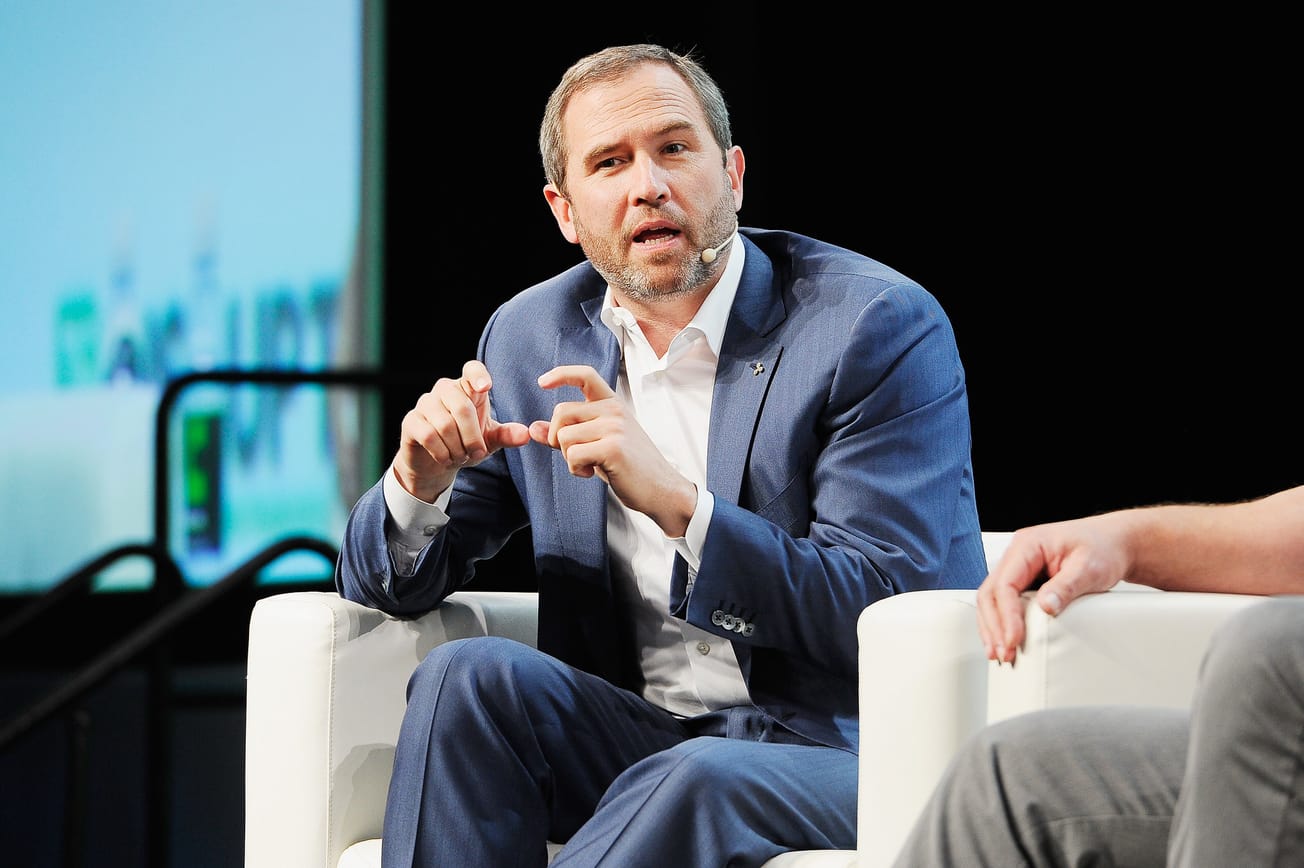Table of Contents
Several weeks after Canada established new regulations for cryptocurrency exchanges, including investment limitations and required registrations, Binance said it was leaving the country.
Binance tweeted that the Canadian market is "no longer tenable" for the firm due to new recommendations for cryptocurrency exchanges about stablecoins and investor limitations.
Unfortunately, today we are announcing that Binance will be joining other prominent crypto businesses in proactively withdrawing from the Canadian marketplace.
— Binance (@binance) May 12, 2023
We would like to thank those regulators who worked with us collaboratively to address the needs of Canadian users.…
Companies in the digital assets sector had to decide whether to comply with the new regulations, remain in the nation, or leave the market entirely.
Some companies, like stablecoin issuer Paxos, are expanding into Canada, while others, like decentralised exchange dYdX, are pulling out of the market.
But Binance's latest decision to leave Canada represents a U-turn from the company's previous stance.
Binance's Canadian subsidiary had committed to be registered back in March.
Coinbase Global, Kraken, and Gemini, among others, had already shown an interest in being registered.
During its announcement on Friday, Binance said Canada is a "small market" and wants to "someday return to the market when Canadian users once again have the freedom to access a broader suite of digital assets."
Binance is one of many taking the exit route.
According to the Paxos website, the company plans to leave Canada and cancel all Canadian accounts.
DYdX has also started shutting down operations in Canada this month by switching all active users to close-only mode, according to the company's blog.
Has Binance's Crypto Dominance Dropped?
As a result of a regulatory crackdown on the cryptocurrency world by US regulators and adjustments to Binance's trading-fee structure, the company looks to have lost market share.
The largest digital trading platform in the world today controls around 50% of the spot market share, the lowest since April 2022, according to data from Kaiko.
Since March, when the platform, which has no central office and provides services worldwide, stopped offering commission-free trades on several currency pairings, it has seen a decline in market share.
Kaiko data shows that after Binance halted a zero-fee campaign, it lost market share in the spot trading of digital assets, which helped Huobi and OKX.
After the popular offer was mostly cancelled on March 22, Binance's share of spot-trading volumes dropped from 73% to 51% on May 6.
The share Huobi holds is up to 10% from 2%, and the share OKX holds is up to 9% from 5%.
According to Kaiko's data, South Korean platforms likewise witnessed a rise in market share, from under 8% to roughly 14%.
Binance's founder, Changpeng Zhao, may face new difficulties due to the upheaval. The regulatory climate for his company is becoming more hostile, especially in the United States.
On Twitter, Zhao has repeatedly assured customers that their money is secure.
However, after last year's crypto market crash and the FTX scandal, confidence in the digital asset industry has been low.
Partially recovering from a $2 trillion crash in 2023, crypto asset volumes and liquidity remain weak as investors avoid the market.
Many formerly interested investors are now avoiding cryptocurrency, at least for now, due to a combination of factors.
Additionally, certain companies are decreasing their participation in the marketplaces for digital assets:
Two of the largest market makers in the world, Jane Street Group and Jump Crypto, are stepping out of trading digital assets in the United States due to the government's increased scrutiny of the sector.
Senior research analyst at Kaiko, Dessislava Ianeva, said that Binance's Bitcoin liquidity had continuously decreased over the past several months and dropped by more than half since February.
BTC liquidity on Binance has steadily declined in recent months, more than halving since Feb 1. Most of the decline came after the U.S. banking turmoil began in early March.
— Dessislava Ianeva (@DessislavaIane2) May 10, 2023
Volume is also down, but the decline was mainly driven by the removal of BTC's zero fees on March 22. pic.twitter.com/rGqHfIe4C6
Bitcoin dropped below US$27,000 last week as some experts noted that poor liquidity caused price swings.
Binance began offering fee-free trading on many market pairings late last year. According to Kaiko, this contributed to a growth in market share of over 20%.
However, in March of this year, the exchange discontinued the service for thirteen Bitcoin trading pairs - while still allowing it for Bitcoin-TrueUSD.
Meanwhile, authorities in the United States have started coming down hard on specific kinds of behaviour in this field.
So, for now, the troubles at Binance show no signs of abating anytime soon.





